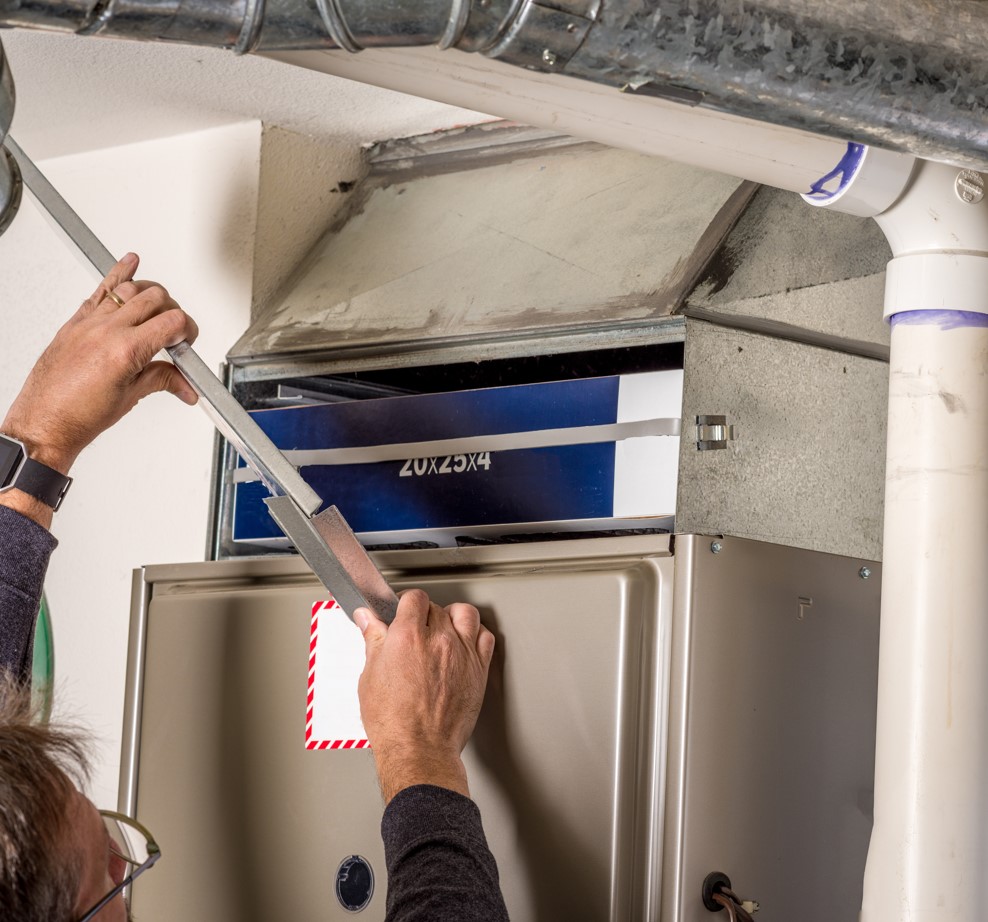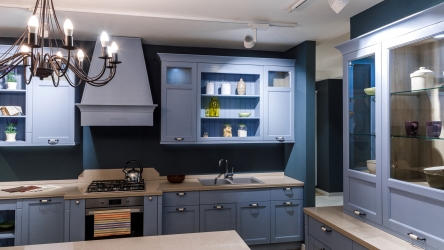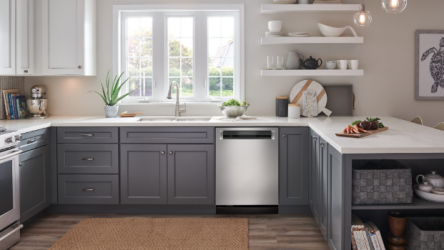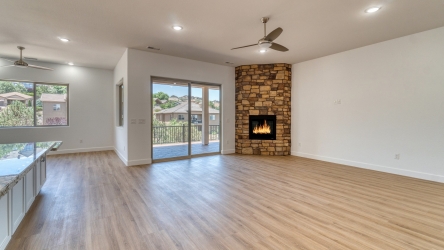
If you’re in the market for a new furnace, you may wonder which type is best for your home. Here are three of the most common types of furnaces and what houses they work best for. This will help narrow your choices and make the decision-making process more manageable.
Three types of furnaces – gas, electric, and oil.
Heating your home with a furnace can be a great way to keep warm and cozy during the colder months. Furnaces come in several different types – electric, gas, and oil. Electric furnaces are powered by electricity and tend to be lighter and more energy efficient, although their overall heating capacity is lower than the alternatives. Gas furnaces are popular, as they are cheaper to operate than electric ones and use natural gas, which is widely available. Lastly, oil furnaces require fuel oil to power them but may be more effective at providing heat instantly when compared with electric or gas options. No matter what type of furnace you choose for your home, you can know that you’ll stay comfortable even when temperatures drop.
Type of homes each furnace is best suited for
Depending on your specific needs and the size of your home, choosing the best furnace for your space is essential. Suppose you have a large house or apartment with multiple stories and rooms. In that case, central heating systems are ideal because of their ability to heat an entire space quickly and efficiently. In contrast, if you are looking for an economical option for a smaller dwelling like a single room or studio apartment, then a wall furnace might be better equipped to handle your space since they deliver efficient heating using less energy. Finally, if you live a more mobile lifestyle, such as a trailer or boat, portable furnaces make great companions as they can provide much-needed warmth without taking up large amounts of space.
How to choose the right furnace for your home.
Purchasing a furnace for your home is an important decision. It should be based on the size of your house, needs, and budget. Consider the fuel type that powers the furnace – such as natural gas, propane, or electricity; select the one that matches your existing system, or you’re comfortable switching to. Additionally, consider the model’s efficiency rating; units with higher ratings are more cost-effective long-term. If possible, seek professional advice from a contractor to get detailed information about other suitable models and any potential incentives you may qualify for. With these tips in mind, we hope you find the right furnace for your home!
How to keep your furnace in good working condition.
Keeping your furnace in good working condition doesn’t have to be a difficult task! A few simple steps can help ensure your furnace runs as safely and efficiently as possible. The first step is to change the air filter once a month. This helps keep debris away from the stove and prevents dust buildup. Also, you should pay attention to any strange sounds or smells from your furnace. Make sure you get it checked out by a professional if any signs of problems come up – it’s much better to identify an issue early on than let it progress until it causes significant problems later down the line! Finally, schedule regular maintenance for your furnace with a professional at least once every year. This allows them to deeply clean and inspect your system for any significant problems that need addressing; if taken care of now, these can save you money in the long run!
It’s important to note that regular maintenance and furnace repair are essential for the long-term health of your furnace. Minor issues can quickly turn into more significant problems if not addressed promptly, and proper repairs may be needed if you want your furnace to continue functioning optimally. Regular maintenance can help keep your system running smoothly and also help identify potential issues.
Common mistakes people make when using a furnace.
As fall weather starts to set in and homeowners turn on their furnaces, it’s essential to be aware of common mistakes that can lead to dangerous situations or damage the system. One of the most frequent errors when using a furnace is failing to change the filter regularly. It’s highly recommended that filters be changed every one to three months, depending on the occupant’s allergies and sensitivities. Additionally, people will often need to pay more attention to routine maintenance done by an HVAC technician, even though minor repairs are essential to keep a furnace running efficiently. Finally, there is so much awareness around air quality right now, but shockingly some homeowners still need to pay attention to carbon monoxide levels resulting from their furnaces. Carbon monoxide detectors should be monitored regularly, and it may even be wise to bring in an expert for advice if it has been a while since your unit was serviced.
Choosing the right furnace for your home and keeping it in good working condition is essential to maintaining a comfortable living space. It can be daunting to decipher between gas, electric, and oil furnaces and the many options available within each type. We hope our information helps set you on the path of installing the best furnace for your needs and avoiding common mistakes people make when using their furnaces. Maintaining your furnace doesn’t have to be intimidating–following regular maintenance, guides can extend your furnace’s life expectancy and save money in the long run. Now that you know how to select, install and maintain a furnace, enjoy the comfort of a warm home during those cold winter days!







